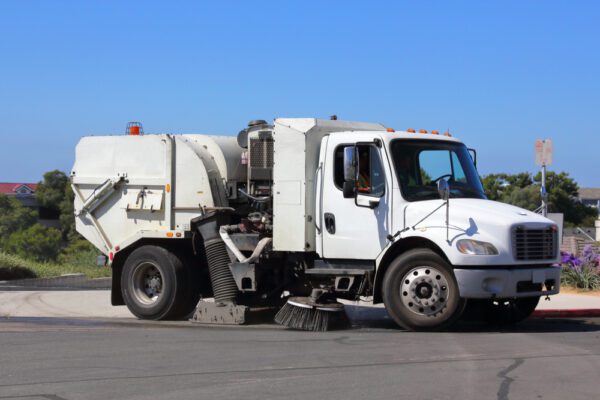Charlie Munger, Vice-Chairman of Berkshire Hathaway, famously said, “You have to hang experience on the latticework of models in your head.” For years, food manufacturers have had the luxury of weighing the costs and benefits of adopting new food technology, but those days may be ending as consumers demand more. Two of the largest trends currently in play — sustainability and transparency — may soon have another: safety in supply. As consumers weigh their buying decisions, factoring in organic sourcing and growth, transparent trade and sourcing, and sustainable packaging, don’t be surprised when you start to see major brands touting another asset: their safety in packaging and promotion. Some technologies and practices that were previously considered optional may soon have to become commonplace. Let’s consider a few that may become a normal way for companies to deliver on safety in supply.
Sensors and Mobile Solutions
Millennials currently make up the largest portion of the U.S. workforce, and their younger brothers and sisters in Generation Z aren’t far behind. This combined future majority workforce will be more technologically integrated than ever before. Mobile applications will allow employers to become more efficient with training and development while allowing food service employees to conduct an inspection, maintain temperature logs, access food code information, and manage quality assurance (QA) forms. The mobile solutions will work in tandem with a diverse group of sensors that track more traditional metrics. For example, temperature, moisture, and less common measures, known as PEGS (paper-based electrical gas sensors), detect spoilage gases like ammonia and trimethylamine in poultry, meat, and fish.
Heat, Cold, and Pressure
Dried foods, dairy products, and meats typically respond well to thermal processing like blanching, pasteurization, and sterilization. However, an applied heat process has its obvious downsides for produce. Enter the cold plasma. Often referred to as the “purple blow torch,” cold plasma uses the same gas that provides the glow in neon signs to inactivate microorganisms via photons, free electronics, and charged atoms and molecules. This approach is inexpensive and chemical and residue-free, and it doesn’t consume water. Another promising technique is high-pressure processing (HPP). HPP is a largely mechanical method that applies high pressure to foods and is praised for its ability to maintain the highest levels of flavor and nutrition. Additionally, HPP provides a longer shelf life. While this method is highly effective, it doesn’t require complicated and costly machinery.
If we choose to reflect on the lessons of history, we find that consumer preferences drive manufacturing decisions. Consumers will soon be demanding “safer” food products and purchasing more of those that deliver both sustenance and peace of mind.
The Horton Group’s Food Manufacturing Practice focuses on both the insurable and uninsurable focuses on both the insurable and uninsurable risks as well as opportunities businesses are facing.
Material posted on this website is for informational purposes only and does not constitute a legal opinion or medical advice. Contact your legal representative or medical professional for information specific to your legal or medical needs.




